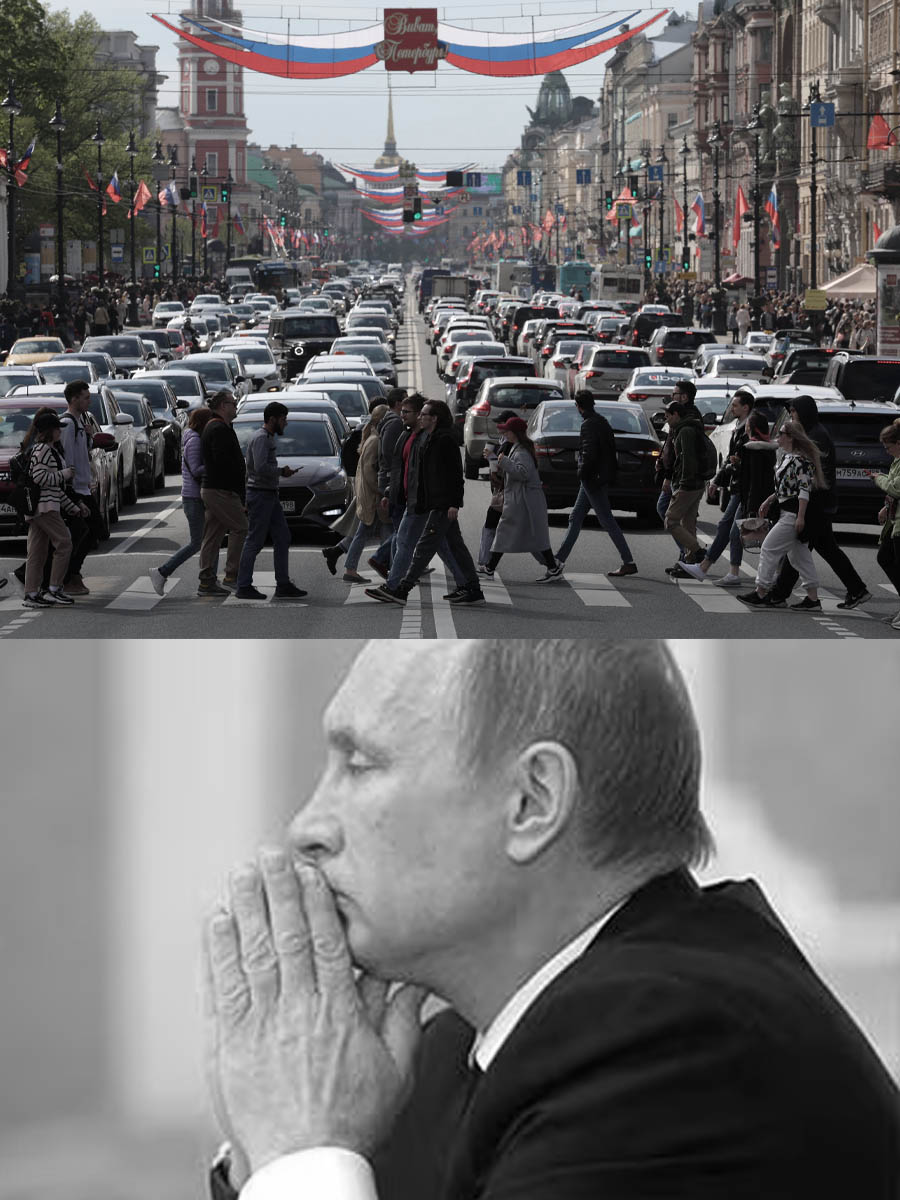Short version: Russia’s economy is wobbling. GDP growth slowed to 0.6% in Q3 2025. Oil and gas revenues plunged 27% year-on-year in October and are down 21% across the first ten months of 2025. Since hydrocarbons still fund roughly one-third of GDP, half of budget revenue, and about two-thirds of exports, that’s a big hit. Mix in tighter sanctions and rising global supply, and the odds of an official recession in early 2026 are high.
Now for the juicy details — explained simply.
What happened in the latest numbers
First, the raw facts you need to know.
- Q3 2025 GDP growth: +0.6%. That’s a slowdown — it was 1.1% in Q2 and 1.4% in Q1.
- Oil & gas revenues: -27% YoY in October; -21% over the first 10 months of 2025.
- Russia still lives and breathes hydrocarbons for tax revenue and exports.
So yes: the economy is losing steam. And it’s losing the part that pays the bills.
Why oil price dynamics matter so much
Think of Russia as a company that sells one product: oil. When that product’s price falls, everything else gets harder.
- Global benchmark Brent is trading much lower than its wartime spike in 2022. Back then it hit about $120/barrel. Now it’s roughly in the low $60s.
- Russian oil typically trades at a discount to Brent. Why? Risk, sanctions, and the need to find buyers push the price down further.
- There’s also a price cap mechanism aimed at limiting what buyers will pay for sanctioned Russian oil — which further reduces revenue per barrel.
Because the budget was built assuming a higher oil price (the 2026 budget was modeled on roughly $70/barrel), revenue shortfalls are baked in. At current price levels — closer to $56–63 depending on source and grade — the budget gap is large.
Sanctions + less willing buyers = double whammy
It’s not just price. It’s trust.
- Major state buyers have been stepping back. China, India, and Turkey — previously big buyers — are buying less on record.
- Two of Russia’s biggest oil players were hit by direct sanctions. That makes trading with them risky. Foreign partners avoid secondary sanctions. So volumes fall, not just prices.
- Some exports shift to shadowy “gray fleet” routes or pipeline deals that are hard to track. But those usually fetch lower prices and higher costs.
So revenues drop both because the oil sells for less and because less of it is being sold at all.
A short history: Russia and recessions (a quick recap)
Russia’s modern economy has been sensitive to oil cycles.
- Early 1990s: collapse after Soviet breakup — GDP tumbled.
- Late 1990s: oil price shock (briefly as low as ~$11/barrel) triggered crisis.
- 2008–2009: global financial meltdown pushed prices from $147 to $35 — another shock.
- 2014 and onward: sanctions after Crimea started structural weakness.
- 2022: full-scale invasion of Ukraine created new, heavier sanctions and market exclusion.
The pattern is clear: big oil price swings + sanctions = pain for Russia. Rinse and repeat.
Why a recession in early 2026 is likely
Official recession = two consecutive quarters of falling GDP. In Q3 2025 Russia still had slight growth (+0.6%). But:
- Oil revenues sharply down in Oct and across 10 months.
- Sanctions tightened recently — effects lag in official stats. So Q4 2025 data will pick up more of that pain.
- Global supply is rising (OPEC+ production decisions, US/Brazil/Argentina output), while demand expectations are being downgraded worldwide. That pushes prices lower.
- Russia’s war-related spending and state support for industry keep the fixed cost base high. Meanwhile, the National Wealth Fund is shrinking.
Put these together, and it’s easy to see Q4 2025 contracting and Q1 2026 following — hence a likely technical recession by around March 2026.
The fiscal problem: spending vs. shrinking revenue
Russia set its 2026 budget assuming higher oil prices and healthier export flows. Reality check:
- Current oil revenue is well below budget assumptions.
- The National Wealth Fund (the rainy-day fund) is already much smaller than before. Estimates put it around $35 billion — not endless cash.
- To cover gaps, Russia may issue debt. But who will buy ruble debt? Foreign demand is thin. So expect more yuan-denominated deals or internal financing — both are imperfect solutions.
If the fund runs low, and markets refuse to buy new debt, the state will face painful choices: cut spending, raise taxes (hard under sanctions), or print money (risking inflation and currency weakness).
So what’s the outlook? Short and medium term
- Short term (next 6–9 months): Weak. Expect rising economic pain, especially if oil stays weak and sanctions hold. Official recession probable in early 2026.
- Medium term (1–3 years): Depends on whether sanctions stay, global oil price trajectory, and whether Russia can diversify income. Right now, it’s not positioned well to pivot fast.
- Wildcard risks: A sharp global slowdown would push oil prices down further. Conversely, a major geopolitical shock could spike prices back up — but that would be temporary relief.
My take (straight talk)
Russia’s current situation is the textbook case of being over-reliant on one volatile export. When your macro balance sheet depends on a commodity whose price and market access can be cut off by politics, you’re asking for trouble.
Relying on wartime spending to prop up GDP is a short-term booster with long-term costs. It hides structural decay rather than fixing it. Meanwhile, the rest of the world has alternatives and is increasing supply. That leaves Russia squeezed between falling prices and fewer willing buyers.
Long story: the economy is fragile, and the quick fixes are running out.
Quick summary
- Q3 2025 growth slowed to 0.6%.
- Oil & gas revenues: -27% YoY in October; -21% over Jan–Oct 2025.
- Oil prices are much lower than during the 2022 spike; Russian oil sells at a discount.
- Sanctions and fewer buyers reduce both price and volume.
- Budget assumes ~$70/barrel — current reality is much lower. Big fiscal gaps loom.
- Official recession (two shrinking quarters) is likely in early 2026.
Final thought
This isn’t a mystery. Low oil prices, fewer buyers, sanctions, and heavy fixed spending create a perfect storm. Russia can survive it — but only by changing how it earns money. And that’s the hard part. Structural economic shifts don’t happen overnight. They take investment, access, and trade partners — all things currently in short supply for Russia.







